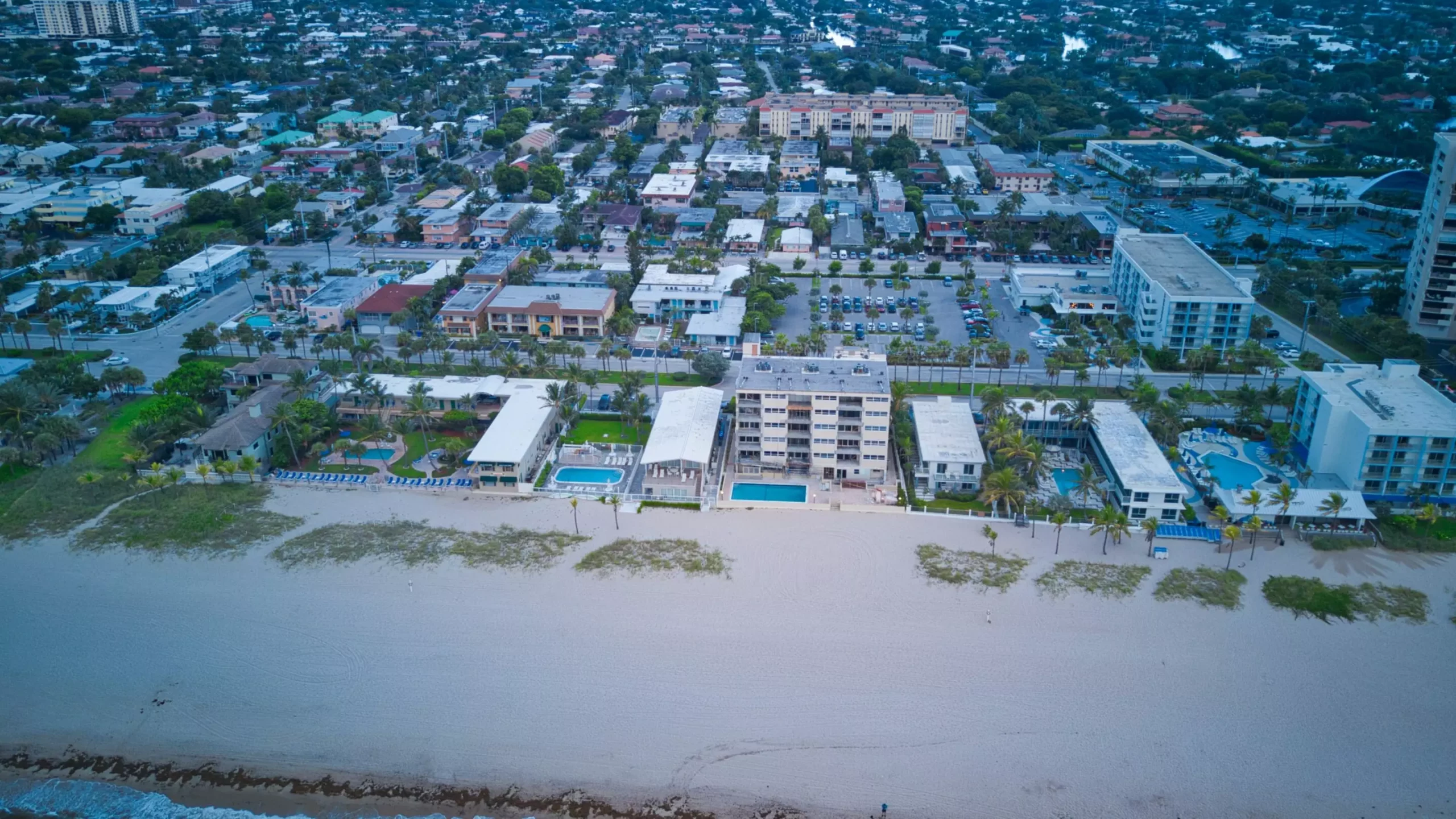The implications of climate change have become a central concern as societies grapple with increasingly extreme weather events. From wildfires raging across continents to hurricanes gaining unprecedented strength, the urgency for accurate climate modeling has never been clearer. While the recent discourse has been dominated by alarming predictions regarding the future of our planet, a recent study from Dartmouth University sheds new light on the dynamics of Antarctic ice sheets and their potential impacts on sea-level rise. This research, while still emphasizing the seriousness of ice loss, challenges some of the more extreme forecasts that have captured media attention.
The latest assessment from the Intergovernmental Panel on Climate Change (IPCC) suggested a potential sea-level rise of up to 50 feet due to the melting of Antarctic ice, a scenario based on a method called Marine Ice Cliff Instability (MICI). This projection, though flagged as having a “low likelihood,” has nevertheless raised alarms about the fate of coastal regions, especially in low-lying areas like Florida. The Dartmouth researchers argue that the methodologies behind such extreme projections may not be as robust as previously thought. Their study employs high-resolution models that delve deeper into the complex movements and behaviors of these ice sheets, particularly focusing on Thwaites Glacier, often dubbed the “Doomsday Glacier” due to its rapid melting rates.
Many projections rely on relatively simplistic models that cannot capture the intricacies of ice dynamics effectively. The Dartmouth study utilized three advanced high-resolution models to simulate potential scenarios of ice retreat. The findings suggest that while the Thwaites Glacier is indeed facing persistent threats, its expected collapse may not occur as quickly as the MICI proposes. According to Mathieu Morlighem, the lead author, these results highlight that extreme projections could be misleading, particularly when used in policy-making that impacts people’s lives.
Policymakers often depend on these models for infrastructural decisions, such as the construction of sea walls or the management of relocation in vulnerable regions. Given the potential ramifications that arise from inaccurate modeling, it is crucial to ensure that projections are grounded in solid scientific principles.
The mechanics behind ice sheet collapse are complex, involving multiple interacting factors. TheMICImodel suggests that the rapid collapse of ice shelves would expose tall ice cliffs, leading to a domino effect of further retreats. However, the Dartmouth researchers indicate that this simplistic view does not align with observed behaviors. Instead of collapsing rapidly, Thwaites is more likely to display a more gradual retreat conditionally influenced by various stabilization factors.
As the ice sheet meets the warming ocean, the physical properties of ice under the influence of gravity and water pressure will shape the manner in which these glaciers retreat. Rather than the predicted swift and catastrophic collapse, the research shows a slower, less dramatic recession.
This newly emerged perspective does not dismiss the threats associated with climate change altogether. On the contrary, it reinforces the ongoing need for effective climate action while maintaining accurate modeling for future planning. The study acknowledges that while MICI may not result in immediate catastrophic collapses in the 21st century, other well-established dynamics—such as Marine Ice Sheet Instability (MISI)—remain serious contributors to ice loss and rising sea levels.
While sea levels will continue to rise due to melting ice, the rates suggested by the extremities of MICI may not hold true. The Dartmouth study emphasizes the necessity for rigorous scientific evaluation of models that inform public policies, ensuring that both urgency and accuracy are prescribed in responding to climate challenges.
As scientists and policymakers navigate the complexities of climate change, this recent study serves as a critical reminder of the importance of nuanced and detailed modeling. While the prospect of rising seas remains an undeniable threat, the Dartmouth research urges a balanced perspective that relies on improved scientific understanding. Future work will need to focus on refining predictions to provide more reliable guidance for climate adaptation strategies, ensuring better preparedness against the inevitable impacts of climate change.


Leave a Reply